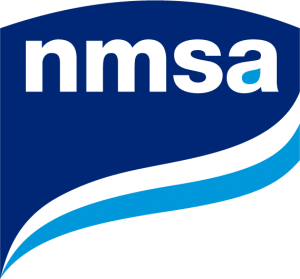Green infrastructure (GI) is a growing area of investment. Increasingly, GI is being used by municipal stormwater managers and land developers to meet Clean Water regulations as well as to mitigate for water quality and quantity impacts. Drivers for this increased use is based, in part, upon the increased adoption of retention-based permit requirements, but the motivation for the expansion of GI investments has roots in the multiple social and economic benefits that increase the overall value of GI practices to communities.
NMSA, through support from the Chesapeake Bay Trust and EPA Region 3, released an report titled, “The Value of Stormwater Infrastructure Investments: A National Scale Input-Output economic Analysis for Green Infrastructure,” in spring, 2021 to explore these issues. Using standard industry software (IMPLAN), input/output models were established for 12 locations across the U.S., with a special focus on the Chesapeake Bay watershed region. These locations were chosen as they reflect a diverse set of climate and physiographic regions as well as varying community types and sizes. Hypothetical levels of economic inputs were established for the communities included in the analysis through a consistent methodology to enable a comparative analysis as well as bundling these together to generate a macro-scale view of GI investment impacts.
Modeling results show a range of positive economic outputs for GI investments. All 12 studied locations generated outputs reflecting an economic value gained from GI investments. Specifically, the return on $1 of input for GI investments generated a range of $1.34 to $1.74 in economic output, with an overall average value of $1.55 across the 12 locations. The number of jobs created per $1 million of investment in GI range from 8 to 17 with an overall average of 13. Economic outputs for Chesapeake Bay areas were generally higher than the population in the analysis, which suggests that the value of investments in GI in this region are even higher than in other parts of the U.S.

